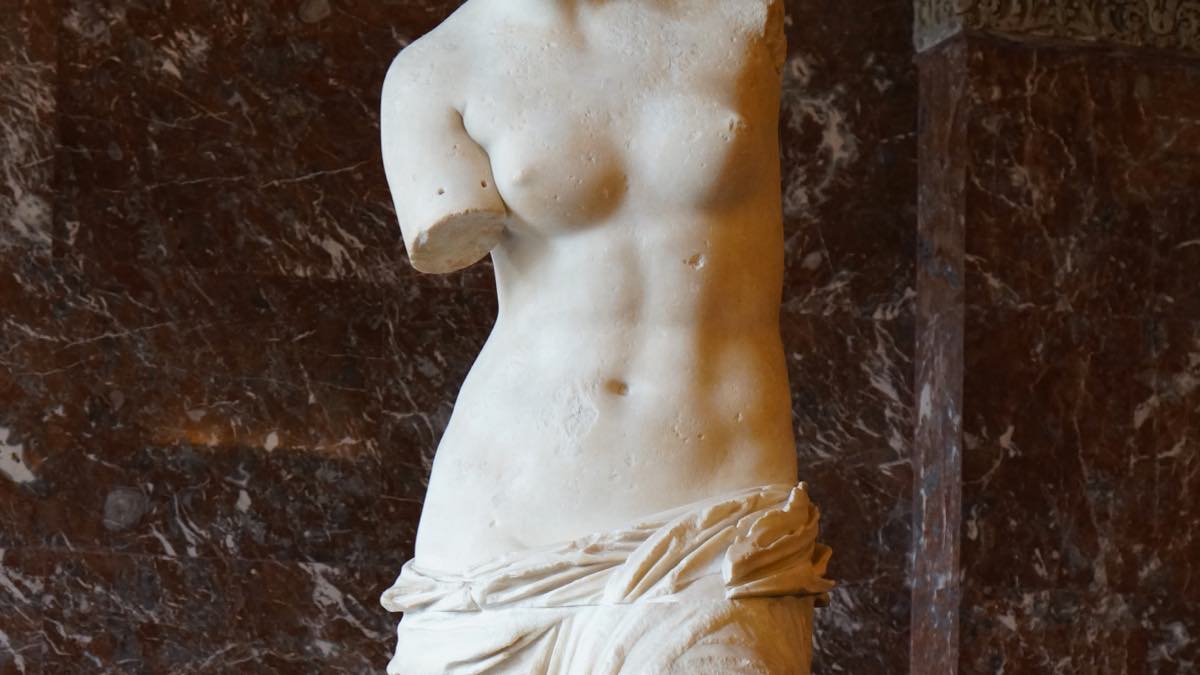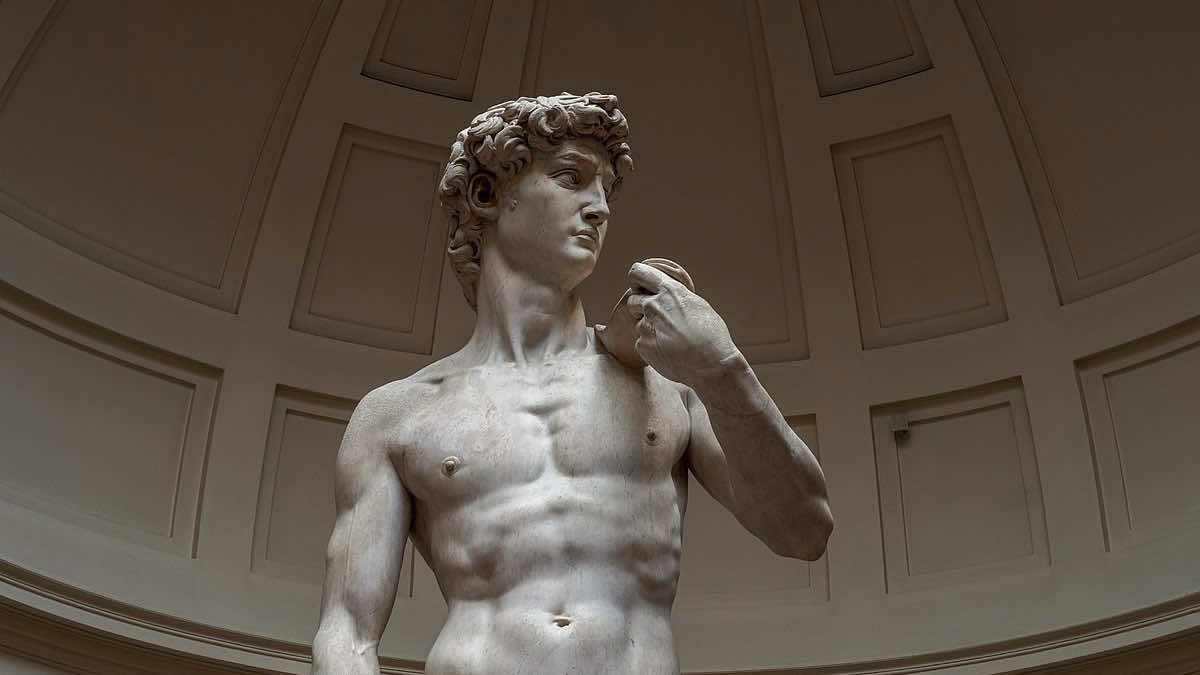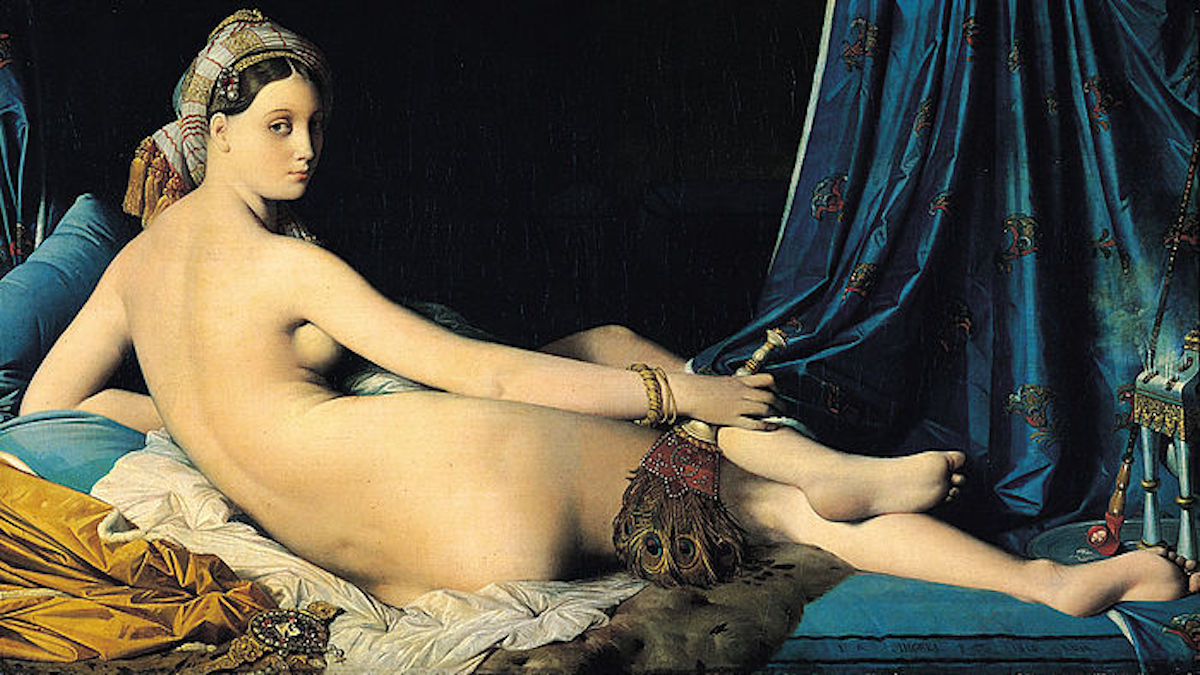
Classic Poses from Art History
Body language is at the crux of any figurative artwork. It provides essential context clues, highlighting important narratives, symbols, and tones. A subtle change to a pose can alter the entire meaning of an artwork. From a simple head tilt, to the bend of a knee, or even the placement of a hand can change the perception and understanding of some of the greatest masterpieces. Many of these poses have been realized throughout the entire course of art history, from Classical Antiquity to today… Together with Artsper, let’s examine classic poses from art history!
1. Contrapposto

Contrapposto is an Italian term that translates to counterpoise. Figures in contrapposto are captured as though they are in the midst of taking a step. The figure leans all of its body weight on one leg, known as the engaged leg, while the other, simply bends, in a relaxed fashion. The rest of the body, including the head, torso, and shoulders, tilt away from the straightened leg, fostering a dynamic twist of the human form. Although entirely still, the pose creates the illusion of movement.
This pose can be traced back to Ancient Greece, as it allowed artists to capture the effortless balance between an idealized human form and naturalism. Contrapposto can be seen throughout art history, most notably in the Italian Renaissance masterpiece, David, by Michelangelo.
2. Pudica

Pudica, commonly referred to as Venus pudica, is a pose that typically features a woman in the nude. Most often, the central female figure in this pose is Venus, the Roman Goddess of beauty and fertility, from which the pose receives its name. The pose itself refers to the action of covering breasts and genitals with two hands while either standing or reclining.
The term pudica derives from the Latin word “pudendus,” which can be understood as external genitalia. Metaphorically speaking, the term is used to describe the sentiment of shame. This pose can be seen as far back as Ancient Greece, featured in Aphrodite of Knidos by Praxiteles. However, it was Early Renaissance artist, Sandro Botticelli, who created the most notable work to incorporate a pudica pose, in his masterpiece, The Birth of Venus.
3. Adlocutio

In ancient Rome, the Latin word “adlocutio” is understood as a spoken address given by a general, or emperor, to a large mass of people. In art history, adlocutio exudes an air of leadership, control, and power. The pose incorporates contrapposto, as the central figure stands, positioning its body mass onto one leg, while the other is relaxed and bent. The only aspect that distinguishes adlocutio from a typical contrapposto pose is the placement of the figure’s arms. In adlocutio, the central form raises its right arm and hand, which can be seen as the very moment in time during which the figure addresses a large crowd.
4. Odalisque
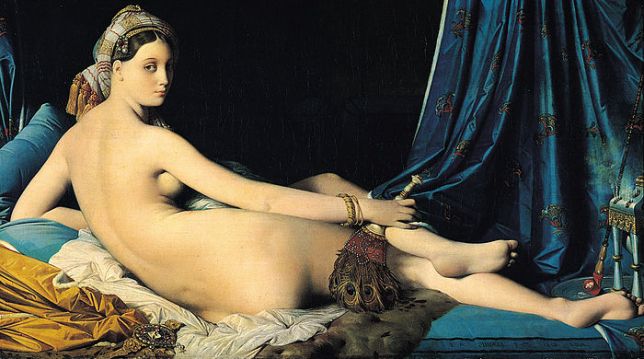
Derived from the Turkish word, “odalik,” odalisque, directly translates to maid or chambermaid. This particular pose incorporates a central reclined figure, typically upon a divan. The pose is commonly realized by a woman figure and is often associated with seduction and exoticism. Women portrayed in this pose are rendered looking directly at the viewer, exuding an air of flirtation and confidence. The odalisque presents the central subject as though she is offering herself to the audience. It is commonly believed that the odalisque was created to appease the male gaze. Because of this, it has since become the center of much controversy. Perhaps three of the most famous examples of this pose include, Jean Auguste Dominique Ingres’ La Grande Odalisque, Titian’s Venus of Urbino, and Manet’s Oympia.
5. Serpentine
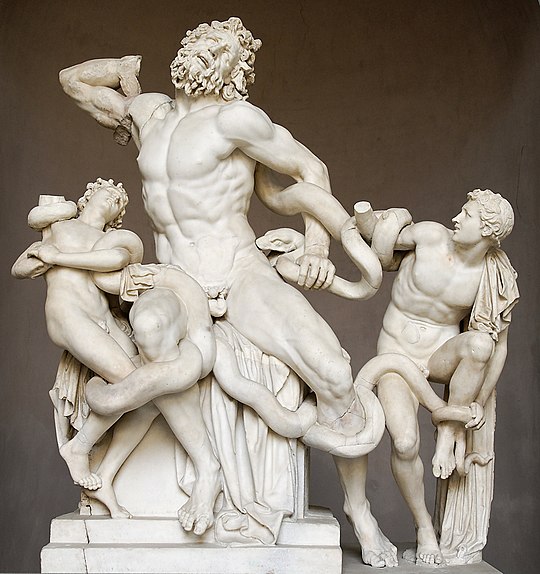
The Italian term, “figura serpentinata,” translates to “serpentine figure,” is another classic pose seen throughout art history. Compared to other traditional poses, the serpentine is considered one of the most dynamic. This is because artistic compositions featuring this pose include figures portrayed in a twisted spiral. During the Renaissance, artists argued that the serpentine form could also include a triangle formation to follow the rebirth of classical numerical proportions. It is believed that the pose was first seen during the Hellenistic period in Ancient Greece, most notably as the featured pose in the sculpture Laocoön and his Sons.
Interested in identifying classic poses featured in artworks? Or perhaps you just want to discover the influence of art history on contemporary artists? Explore it all on Artsper!

About Artsper
Founded in 2013, Artsper is an online marketplace for contemporary art. Partnering with 1,800 professional art galleries around the world, it makes discovering and acquiring art accessible to all.
Learn more











